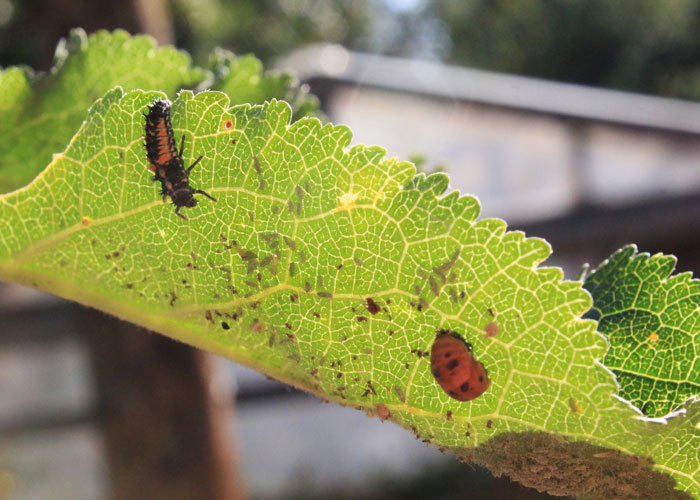Aphids: Natural Pest Management
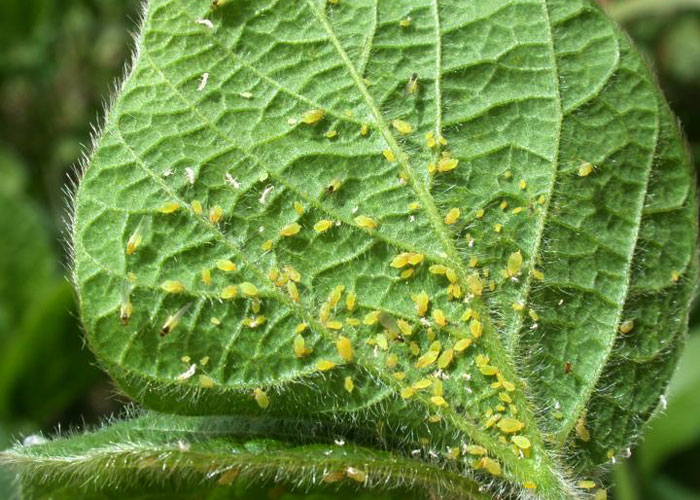
Aphids are one of those ubiquitous pests that every gardener has to contend with. A handful of aphids won’t cause much damage, but their lightning-fast reproduction rates and tendency to gather can make them a cause for concern.
But don’t reach for harsh pesticides yet!
The good news is that there are lots of beneficial insects who would love to snack on them. It doesn’t take harsh chemicals to bring aphid populations back to manageable levels. If we understand the important role of aphids in our garden ecosystems, we can work with natural predators to keep aphid populations under control. That means less work for us!
IDENTIFYING APHIDS
Once you learn to recognize them, aphids are unmistakable. Depending on the species, they may be green, black, white, yellow, or even fuzzy-looking. But all aphids are about 1/8th of an inch long, soft-bodied, and oblong or pear-shaped.
Unlike with some other pests, you will likely see the aphids themselves before you see the damage they cause. They are very slow-moving, and tend to hang out in fairly stationary, large clusters.
Aphids have needle-like mouthparts that they use to suck the sap out of plants. They don’t create holes in leaves — you’ll need to identify a different culprit if that’s the kind of damage you’re seeing. Different plants react differently to aphids, but you may see discoloration, curling, or swelling of leaves and stems.

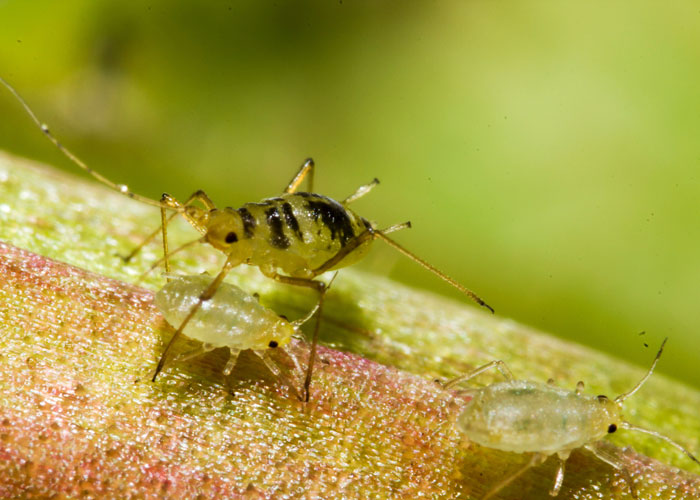
PREVENTING INFESTATIONS
Taking precautions as soon as you plant can help prevent aphid problems. They love tender new growth, so protecting new seedlings with floating row cover until they’re well-established can go a long way.
High-nitrogen synthetic fertilizers can also encourage aphids by encouraging lots of new growth within a short amount of time. Stick with moderate doses of slow-release, organic fertilizers
If you can, check your plants for aphids regularly, up to a few times per week. Take an especially careful look at the new growth at the tips of your plants, and at the undersides of leaves. Any time you see just a few aphids, simply squish them.
NATURAL PREDATORS
Often, the best first step in controlling aphids is this: sit back and see if someone else will do it for you. Really! If you can tolerate letting the situation be, natural predators may take care of it.
Aphids are near the bottom of the garden food chain. Many beneficial insects rely on them. You may have heard that ladybugs eat aphids. They do, and so do a whole host of other predators including lacewings, hover fly larvae, and tiny parasitic wasps.
While it is possible to buy some of these commercially, many of us already have established populations in or near our gardens. You can encourage them to hang around by planting diverse herbs and flowers. But the number one thing that attracts them is abundant aphids to snack on.
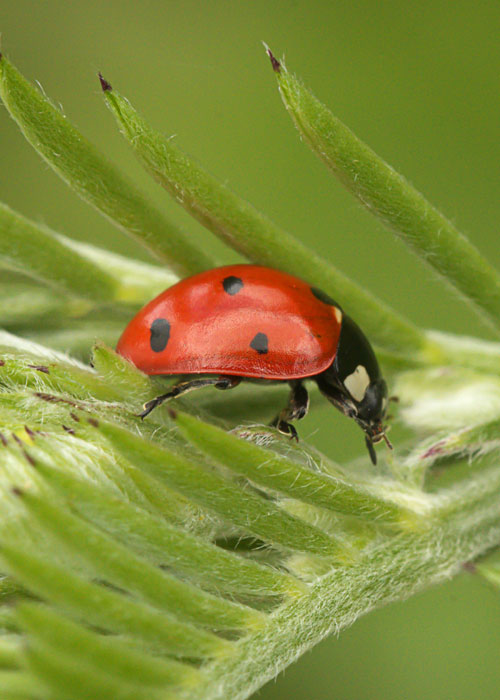
Monitor your aphid infestation for signs of predators at work. You may see the beneficial insects themselves, a reduction in the aphid population, or crispy and hollow aphid-shells called mummies. If you see any of these signs, keep sitting back if you can. Anything you did to control the aphids would likely do more harm than good, because it would have a negative impact on your predators.
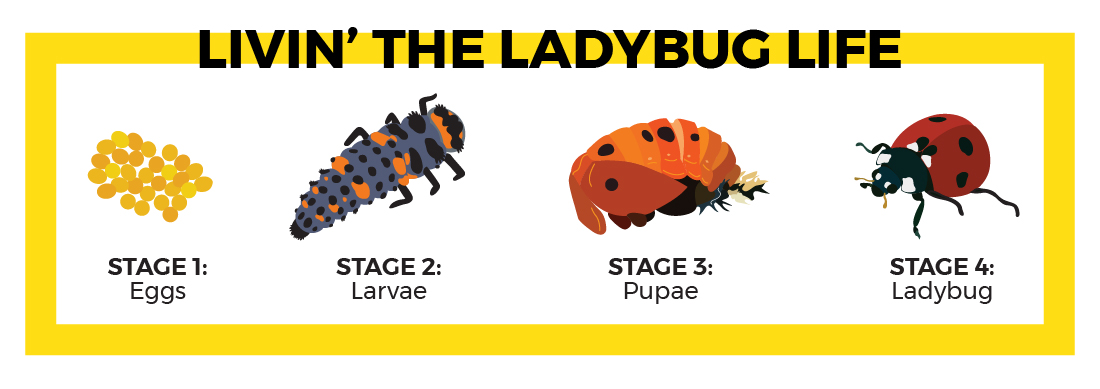
WHEN AND HOW TO INTERVENE
There are, however, a few aphid situations that call for a gardener to take action. If you have a large infestation on a young seedling or sapling, you may need to step in quickly to make sure the aphids don’t stunt or kill the plant. You may also need to intervene if you have waited on natural predators for a bit, but the aphid population seems to be getting out of control.
When it’s time for you to step in, make sure to start with the least damaging or toxic options. Only move on to the next level if you’re sure your previous efforts aren’t working. Here’s your plan of attack, in order:
- Set your hose nozzle to “jet” and spray the infested area thoroughly with a strong stream of water. This will knock many of the aphids to the ground, and they won’t be able to climb back up.
- Buy insecticidal soap certified for organic gardening, or make your own soap solution. If you make your own, be sure to use only biodegradable castile soap Mix one tablespoon per quart of water. Spray your store-bought or homemade soap solution all over the infested areas of your plants. It’s best to do this in the morning, so the plant has plenty of time to dry. This can kill any beneficial insects that are present when you spray, but it has no residual negative effects.
- If you can’t get the population under control any other way, try neem oil. This plant-based oil works by smothering insects and their eggs. It will only work on the aphids it comes into contact with directly. Try to spray on an overcast day or in the evening, because combining neem oil with direct sunlight can burn your leaves. Use this option sparingly, because it can have a serious negative impact on beneficial insects.
No matter what interventions you choose, make sure to follow up by improving habitat for beneficial insects, and making a plan to prevent another infestation. Hopefully, next time you’ll be able to sit back and let your garden ecosystem do all the work.
